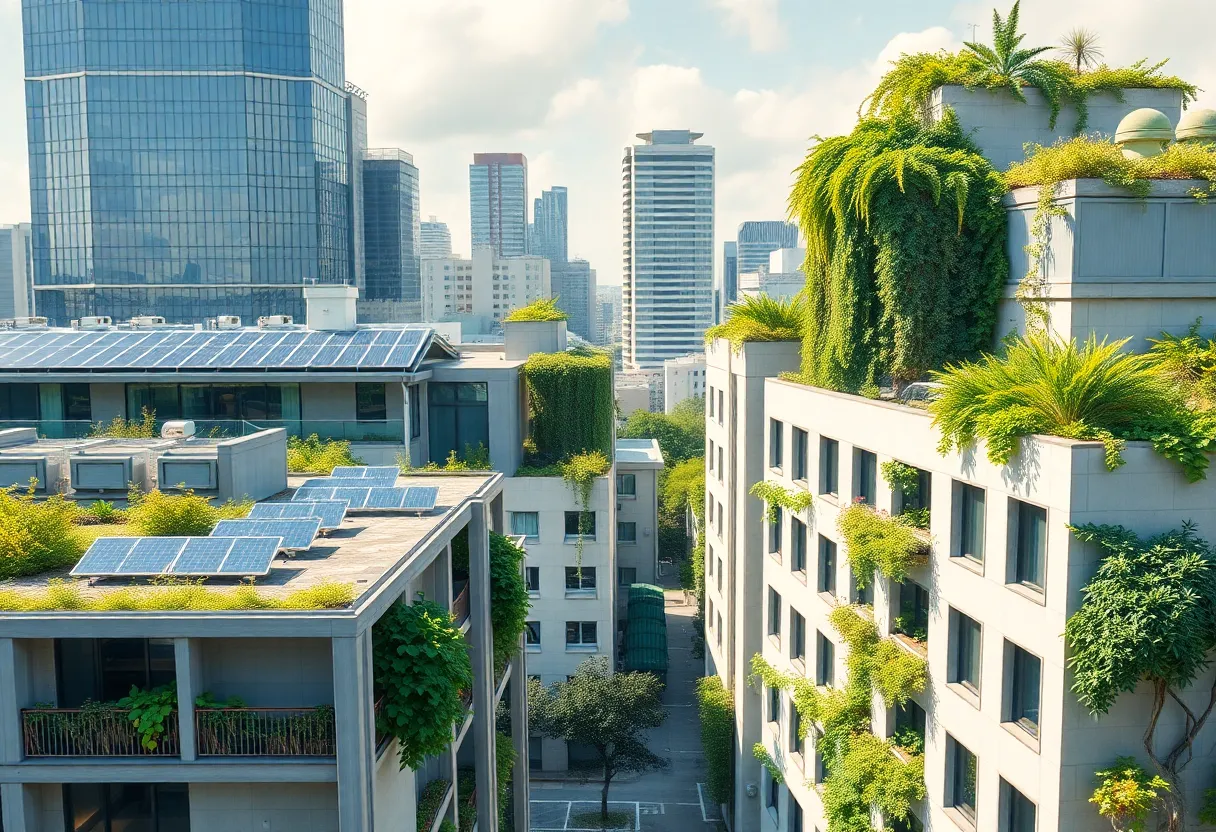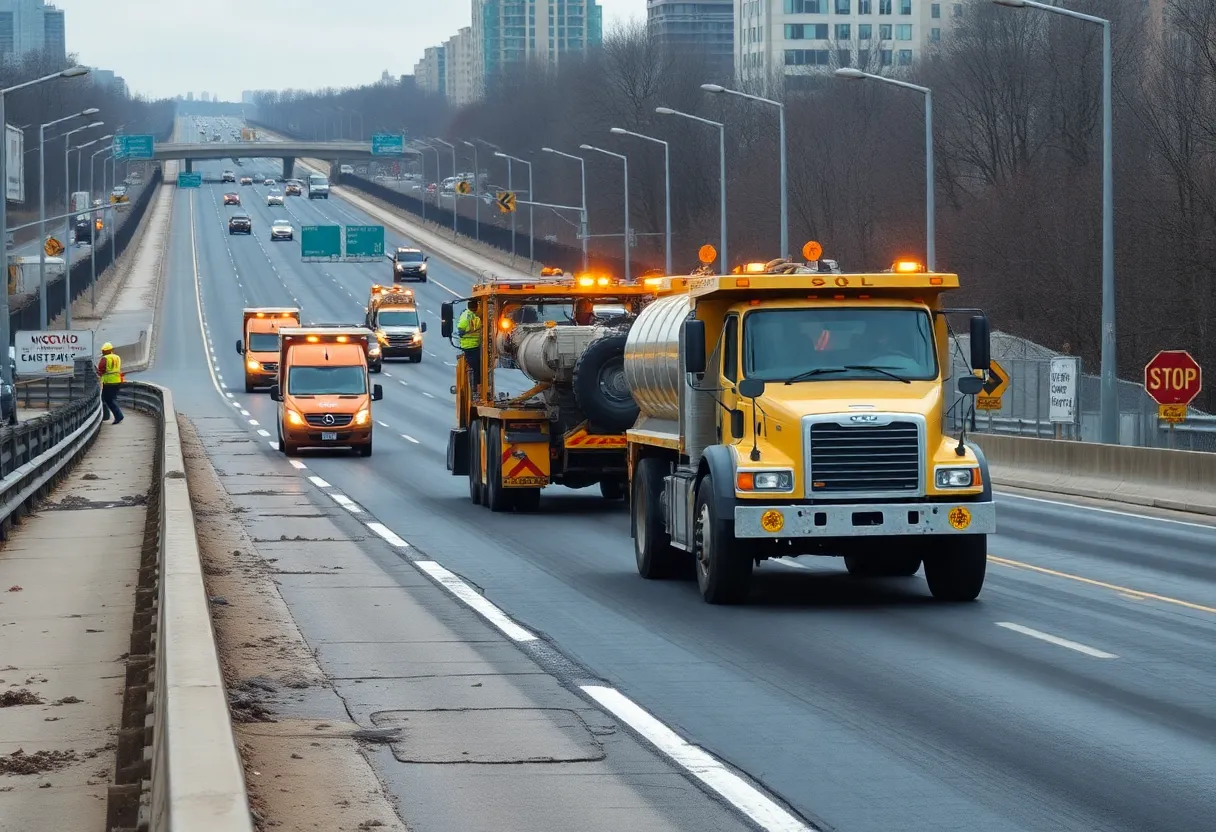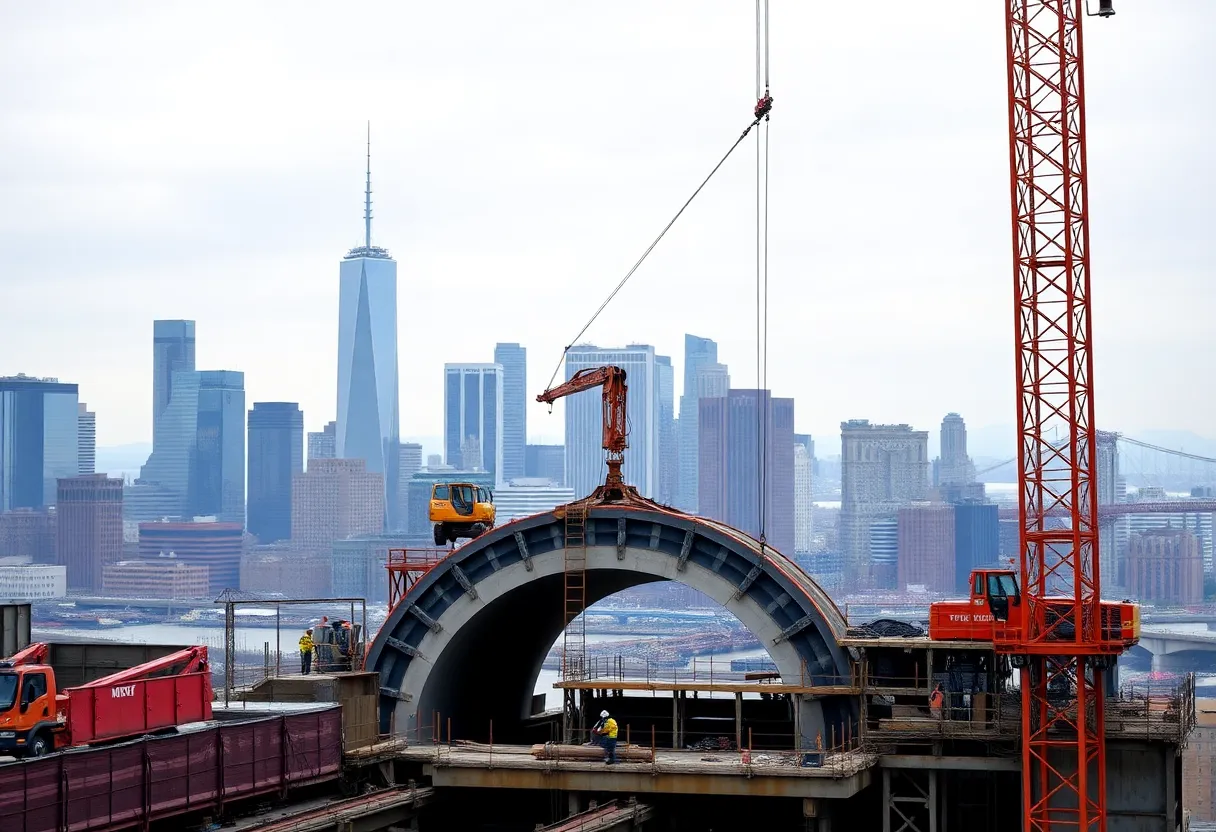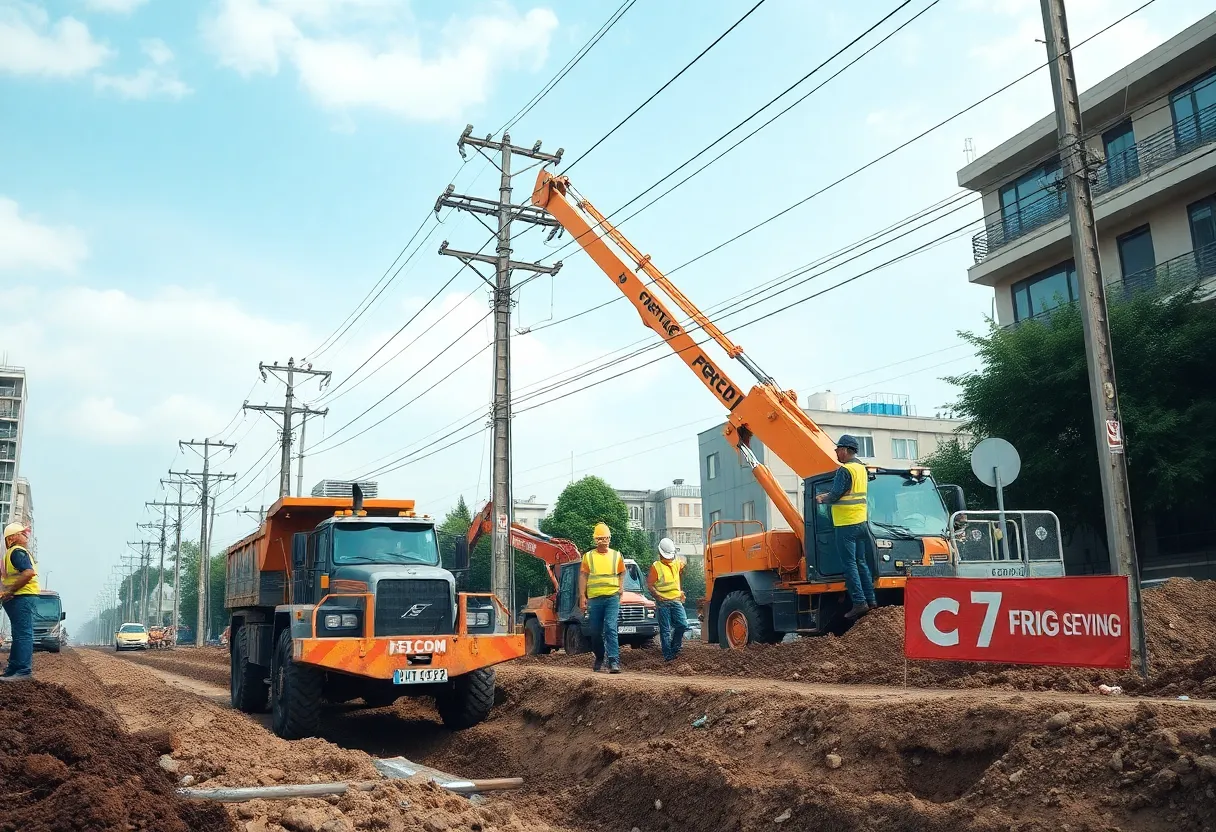News Summary
Green building certifications are evolving to emphasize stricter criteria focusing on operational emissions and long-term sustainability. With updates to LEED and BREEAM, both systems are driving change in how buildings manage carbon emissions, promoting corporate net-zero commitments, and enhancing property value through sustainable practices. This shift highlights a broader commitment to sustainability in the built environment and aims to streamline the path to decarbonization in real estate.
Evolving Green Building Certifications Prioritize Operational Emissions and Long-Term Sustainability
The construction and real estate sectors are witnessing a notable shift in green building certifications, with a new emphasis on managing operational emissions and sustainable long-term practices. Recent updates to well-known certification programs such as LEED and BREEAM mark a progressive approach aimed at decarbonization and more rigorous evaluation of both operational and embodied carbon.
With the launch of LEED v5 earlier this year, nearly 50% of all certification points are now directed towards carbon-cutting initiatives. These initiatives encompass energy use, materials, cooling systems, and emissions from transport. The change reflects a growing understanding that sustainable building practices must address not just construction methods, but also the ongoing environmental impact of a building throughout its lifecycle.
According to sustainability experts, this latest edition underscores the importance of enhancing building operations with provisions for performance improvement plans. Corporate occupiers are increasingly focused on achieving strong operational performance to fulfill their net zero commitments as the demand for accountability in sustainability rises.
Alongside the advances in LEED certification, BREEAM v7 introduces focused requirements for managing and reporting whole-life carbon. The update aligns with global sustainability benchmarks and adheres to the EU taxonomy, highlighting a coordinated approach to environmental issues across the European Union. These changes indicate a significant trend towards greater accountability for carbon emissions both during a building’s operation and throughout its lifespan.
Furthermore, certifications from the Living Future Institute are also raising the bar for energy efficiency and limiting embodied carbon. As these standards develop, new requirements for achieving the highest ratings like BREEAM Excellent and Outstanding, or LEED Gold and Platinum, may often necessitate substantial improvements in building operations.
The practical example of McKinsey’s renovated office in Boston showcases how achieving LEED v4 Platinum status is now associated with adopting advanced energy efficiency strategies. Implementations such as sophisticated HVAC systems not only optimize energy use but also cut operational carbon emissions significantly.
Clean energy usage is a central theme in achieving leading certification ratings, with both LEED and BREEAM recognizing advanced HVAC systems that effectively respond to fluctuations in energy demand. By encouraging the use of building materials with a minimal embodied carbon footprint, the frameworks necessitate revised procurement strategies that consider the environmental impact of construction materials.
Obtaining LEED or BREEAM certification may not only enhance property values but also make buildings more appealing to tenants, ultimately leading to operational cost savings. Research reveals that green rental premiums vary between 7.1% and 11.6% in markets across the globe, illustrating the financial benefits of sustainable properties.
The updated frameworks for certification redefine what sustainability means beyond mere compliance with building rules. They aim to mitigate climate-related risks while avoiding potentially costly retrofits in the future. All levels of BREEAM v7 now include objectives that demonstrate a net gain in biodiversity, surpassing the mandates found in UK biodiversity regulations.
Certification requirements also involve structured reporting obligations that support strategies for achieving the necessary credits. Aligning sustainability data with environmental considerations in planning applications enhances overall impact and supports compliance with sustainability reporting standards.
Achieving these prestigious green certifications necessitates ongoing engagement from leadership, stakeholders, and project teams within organizations. It is essential for leaders to sync sustainability goals with their overall commercial real estate strategies while ensuring they provide the financial resources necessary for effective implementation.
Collaboration between landlords and tenants serves as a means to promote co-funding for upgrades that align with certification objectives, facilitating the path to decarbonization and cost reduction. As corporate carbon commitments intensify, stronger green certification criteria are paving clearer paths towards enhanced sustainability.
In conclusion, as best-in-class certifications continue to emerge, they offer strategic frameworks that aim to produce high-performing, healthy buildings that contribute positively to both the environment and society overall. Notably, the LEED for Cities Certification Cohort for 2025 includes 16 local governments committed to improving public health initiatives and fostering sustainable practices.
Deeper Dive: News & Info About This Topic
Additional Resources
- JLL: Green Certifications Up the Ante on Long-Term Building Performance
- Wikipedia: Green Building Certification
- Baltic Times: Lemiste Centre Earns Top Sustainable Building Certification
- Google Search: Green Building Certifications
- PR Newswire: Central Plaza Awarded 4 Platinum Building Certifications
- Encyclopedia Britannica: Building
Author: Construction NY News
The NEW YORK STAFF WRITER represents the experienced team at constructionnynews.com, your go-to source for actionable local news and information in New York and beyond. Specializing in "news you can use," we cover essential topics like product reviews for personal and business needs, local business directories, politics, real estate trends, neighborhood insights, and state news affecting the area—with deep expertise drawn from years of dedicated reporting and strong community input, including local press releases and business updates. We deliver top reporting on high-value events such as the New York Build Expo, infrastructure breakthroughs, and cutting-edge construction technology showcases. Our coverage extends to key organizations like the Associated General Contractors of New York State and the Building Trades Employers' Association, plus leading businesses in construction and real estate that power the local economy such as Turner Construction Company and CMiC Global. As part of the broader network, including constructioncanews.com, constructiontxnews.com, and constructionflnews.com, we provide comprehensive, credible insights into the dynamic construction landscape across multiple states.





